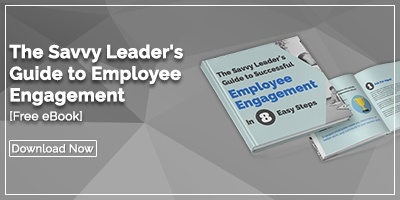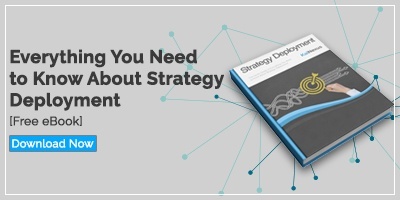 Hoshin Kanri is a management technique designed to steer an organization towards its most important long-term goals without sacrificing the need to practice continuous improvement. If you are unfamiliar with the approach, we have some detailed information that will be useful. (Click here, here, and here.)
Hoshin Kanri is a management technique designed to steer an organization towards its most important long-term goals without sacrificing the need to practice continuous improvement. If you are unfamiliar with the approach, we have some detailed information that will be useful. (Click here, here, and here.)
In short, the words "Hoshin Kanri" are usually interpreted as direction (setting) management. Much like a compass pointed toward true north, the Hoshin approach to strategic planning defines where the organization is headed. The core idea is that the best way to obtain the desired result is to make sure every person in the organization knows the long-term vision and that they are all working a defined plan to make it happen. Key processes must be monitored to ensure that the day-to-day operation of the organization continues to improve, so it must be noted that Hoshin planning is about both direction and control.
If you are wondering exactly how Hoshin Kanri can help, this blog is for you. We’ve been lucky enough to work with organizations of all types that use the Hoshin way of strategy deployment to successfully overcome some of the most difficult (and common) barriers to operational alignment and daily improvement. Here are the ones we run into most often.
Lots of Stalled Projects in Process
Starting improvement projects is easy for most teams, getting them over the finish line is far more difficult. In many cases, the lack of progress on projects comes from choosing the wrong issues to address or trying to boil the ocean. Hoshin Kanri helps by setting clear and urgent priorities. The spotlight gets turned up on the projects necessary to reach the strategic goals, and all of the ancillary stuff is set aside. This tends to accelerate progress on what really matters.
Frequently Missed Forecasts and Budgets
Incorrect forecasting and budgeting is a sign that leadership does not have control of the organization. (That’s true even if results overachieve the forecast or budget is left on the table.) Often this is the result of shifting goals or changing plans in the middle of the year. Thoughtful planning upfront helps reduce the risk and increase predictability.
No Connection Between This Year’s Plan and Last Year’s Plan
Most organizations think about strategic planning as an annual exercise. Hoshin Kanri takes a longer view by creating a three to five-year vision of the strategy. This allows for considering game-changing objectives like entering new markets, introducing new products, or adopting a different business model.
Poor Alignment Between Executive Leadership and Middle Management
When strategic planning is an “executive only” exercise, we see more conflict and dissatisfaction between senior leaders and other managers. The more insight that every decision maker in the organization has into the strategic objectives and goals, the easier it is to assure that everyone is rowing in the same direction. When employees of every level are involved and engaged in the planning process, they tend to work harder to ensure the desired outcomes.
Disengaged Employees
Employees that don’t understand how their efforts contribute to the bigger picture are more likely to phone it in or even quit. There is something emotionally powerful about being part of something important that is lost when employee activities are done in isolation. Hoshin Kanri is a way of cascading goals down the organization’s hierarchy so that every employee, team, and division is aligned. No matter what the employee’s function, they should have a clear view of how their work rolls up to the breakthrough objectives. And like managers, they are more likely to go the extra mile to reach a goal if they are involved in the formation of it.
Lack of Insight into Progress Toward Goals
Hoshin Kanri is a long-term planning technique, but that doesn’t mean that you can set it and forget it. Success requires frequent monitoring and “game time” adjustments. Leaders should understand how every part of the organization is performing based on KPIs that are related to the most critical objectives. This is most easily achieved with planning software in place that provides dashboards and drill-down capabilities, giving leaders the ability to spot stalled progress and react. The best solutions provide customizable reports and visual management tools with a real-time view into every improvement project.
An alternative name for this blog might have been; You Know You Need Hoshin Kanri If…” Most organizations suffer from one or more of these ailments. That’s why the Hoshin approach is so popular. We think it a great choice for organizations of all types and sizes.
Learn more in this free eBook:
![[Watch Now] Cascading Strategy Through Hoshin Kanri](https://no-cache.hubspot.com/cta/default/326641/dd5ad176-fb74-4e1e-bf28-ff4d966d1701.png)





Add a Comment